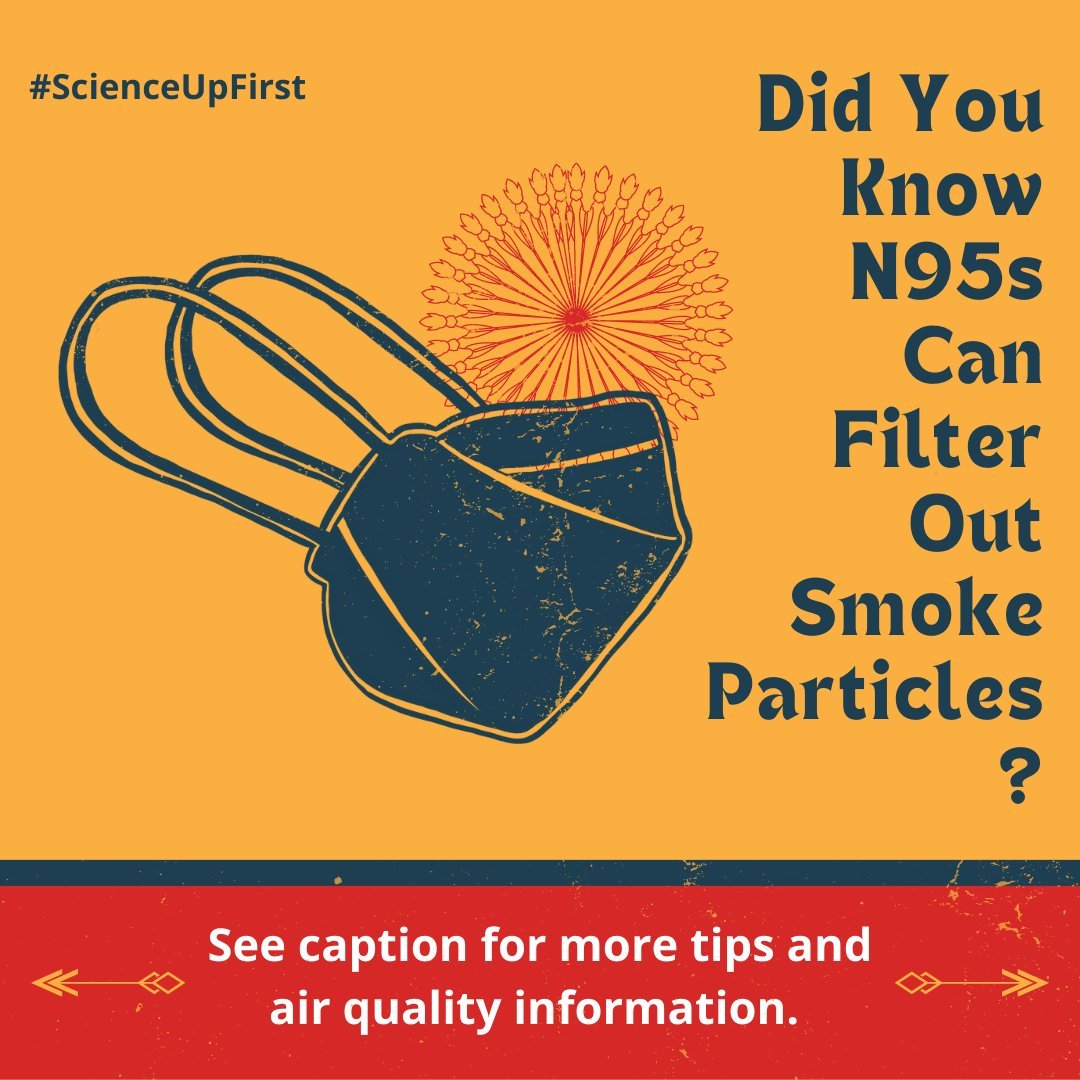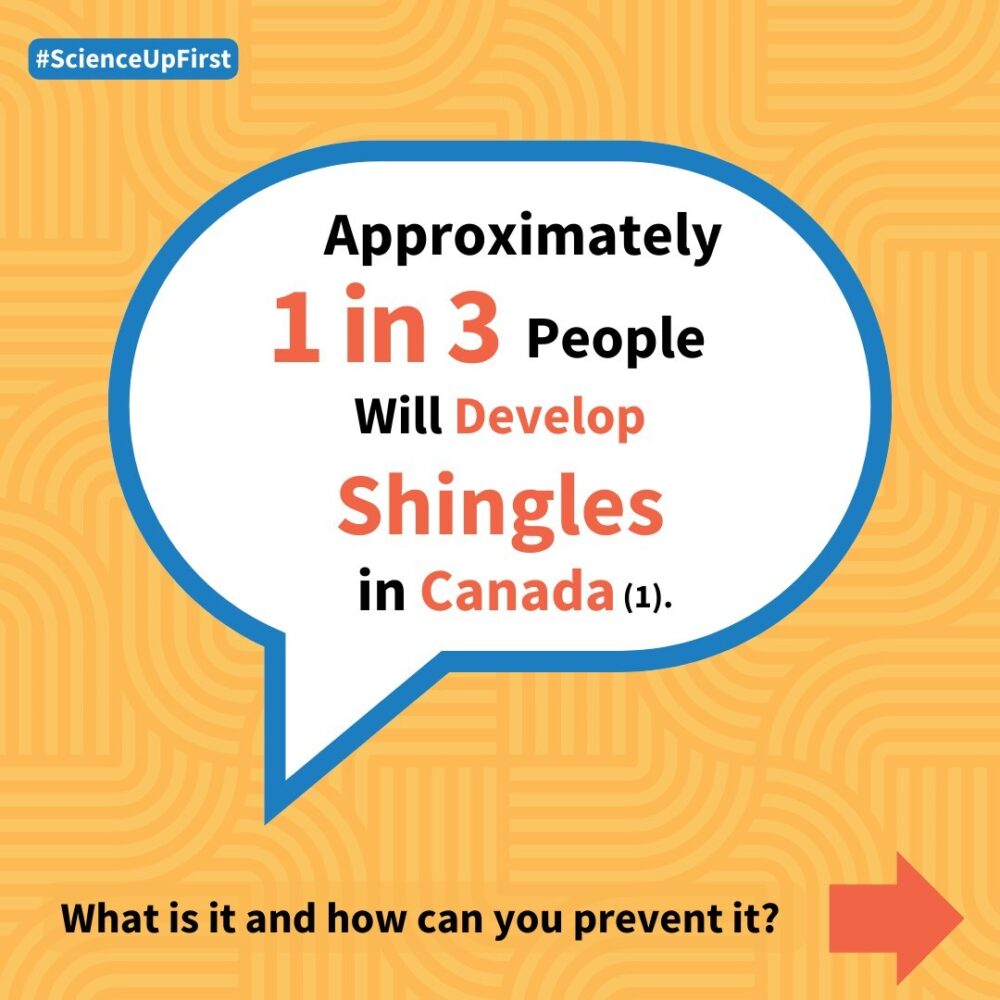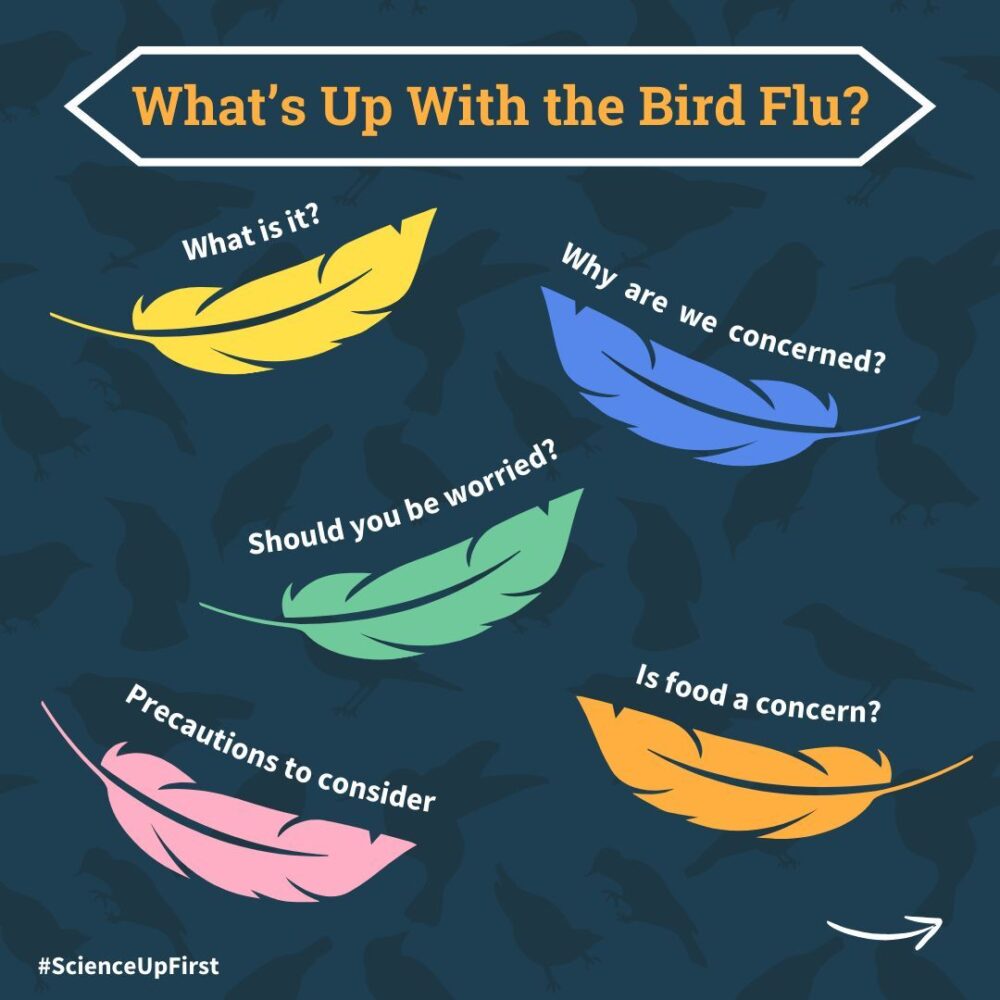
As of August 6, 2025, wildfires in Canada have already burned over 6.89 million hectares—more than 2.3 times the 10-year average. And fire season isn’t over yet (1)
There are currently hundreds of active wildfires across Canada (2). Canada being over 5,000 km wide, you might think that wildfires from distant provinces and/or territories do not concern you (3). But wildfires smoke can travel thousands of km from its source (4).
Smoke from wildfires contains gases, fine particles, and other pollutants, which can cause serious health issues even in small amounts (4).
To avoid being exposed to smoke, you should always check your local air quality health index (AQHI) or air quality index (AQI) before planning any outdoor activities. The AQHI and AQI can change hourly during smoke events, so check it regularly (4,5,6).
AQHI scale:
1-3 = Low health risk 🟢
4-6 = Moderate health risk 🟡
7-10 = High health risk 🟠
>10 = Very high health risk 🔴
AQI scale:
<25 = Good 🟢
26-50 = Acceptable 🟡
>51 = Poor 🔴
Symptoms of smoke exposure will most commonly include headaches, mild coughing, mucus excretion, and eyes, nose, throat and sinus irritation. In more severe cases, it can cause dizziness, chest pains, severe coughing, shortness of breath, wheezing, and heart palpitations (4).
Keep a close eye on young children, the elderly and people with known respiratory or heart problems as they might be more sensitive to smoke (7).
How you can limit smoke exposure (4,8,9,10):
- Wear a N95 respirators to protect your lungs (surgical masks do not provide protection)
- Stay inside when possible
- Close your windows, doors and turn off your air exchanger – use the recirculation mode instead.
- Visit indoor public places (i.e. library, mall).
- Limit demanding physical activities
- Drink lots of fluids
- Reduce indoor air pollution (i.e. smoking, burning candles)
Check out our references for more tips and links to follow the wildfire and smoke situation in your provinces/territory.
Resources
Smoke forecasts: “High resolution, interactive forecasts of hourly, daily average and daily maximum concentrations of PM2.5 smoke particles at ground level from wildfires.”
Your province/territory wildfire monitoring information page:
- Canadian National Fire Database (CNFDB) | Natural Resources Canada – Government of Canada
- Alberta
- British Columbia
- Manitoba
- New Brunswick
- Newfoundland and Labrador
- Northwest Territories
- Nova Scotia
- Ontario
- Prince Edward Island – Not available
- Québec
- Saskatchewan
- Yukon Territory
- Early estimates of the potential economic disruption from the 2025 wildfire season | Statistics Canada
- Canadian Wildland Fire – Interactive map | Natural Resources Canada – Government of Canada
- Canada’s Geography | Statistics Canada
- Wildfire smoke, air quality and your health | Government of Canada
- Air Quality Index | Ministère de l’Environnement, de la Lutte contre les changements climatiques, de la Faune et des Parcs – Gouvernement du Québec
- Prévision de la qualité de l’air à Montréal | Ville de Montréal
- Forest fires | Gouvernement du Québec
- Wildfire Smoke and Face Masks Factsheet | Washington State Department of Health
- Face Masks for Wildfire Smoke | BC Centre for Disease Control
- Panache de fumée en provenance des feux de forêt : consignes à suivre pour protéger votre santé | Gouvernement du Québec
Share our original Bluesky Post!
Once again, wildfires are affecting air quality. Read our post for: • Tips on how to limit your smoke exposure • The symptoms of a smoke exposure • Links to follow the wildfire situation where you live. 👇 www.scienceupfirst.com/project/did-… #ScienceUpFirst
— ScienceUpFirst (@scienceupfirst.bsky.social) August 6, 2025 at 1:32 PM
[image or embed]
View our original Instagram Post!




